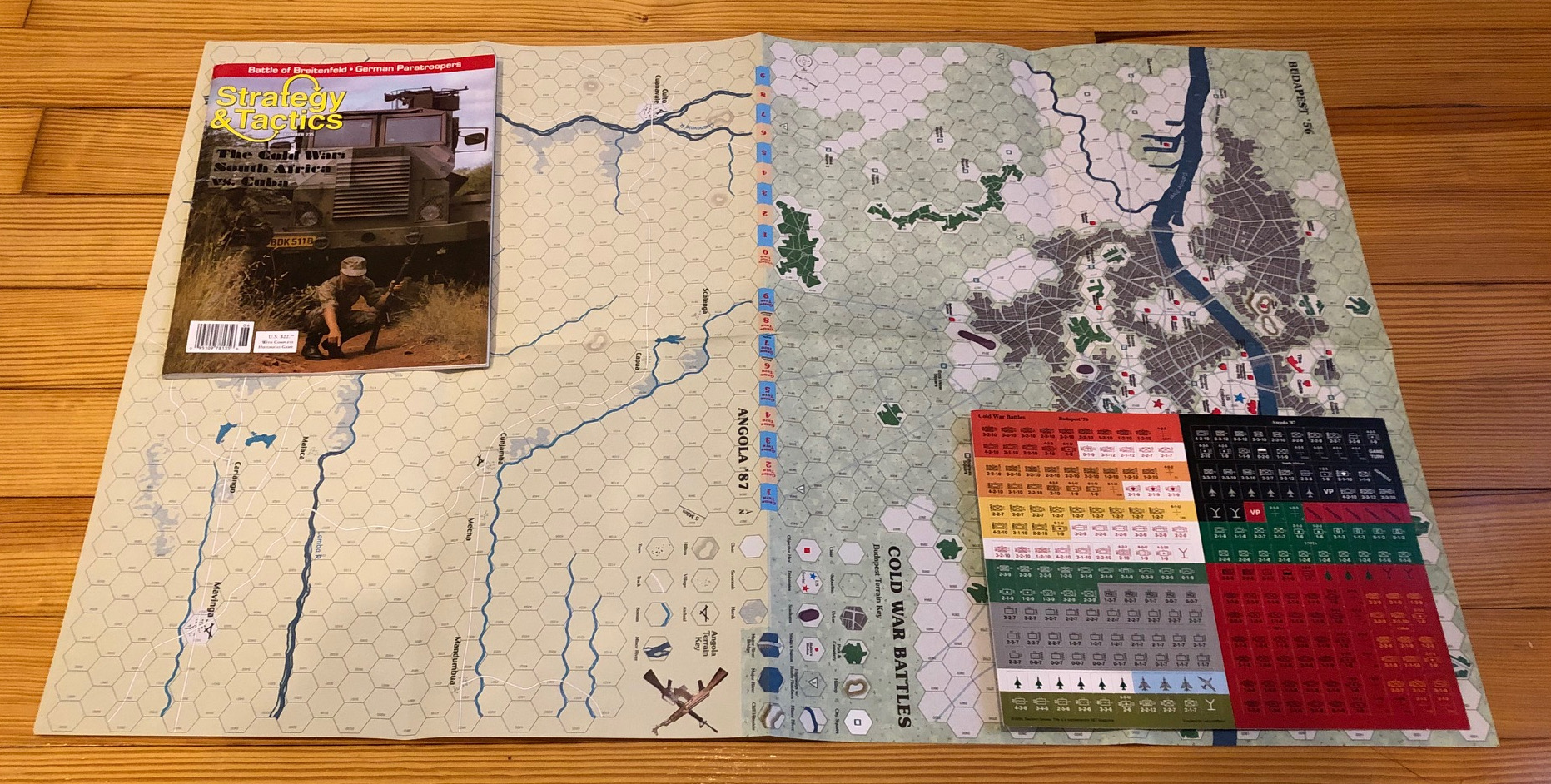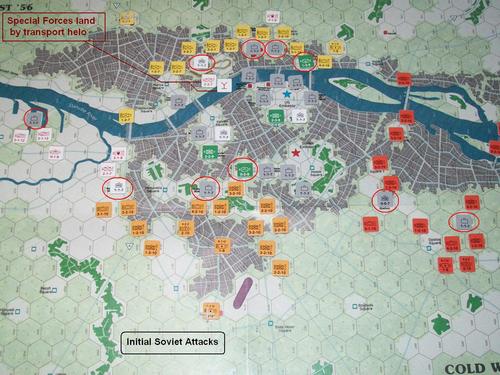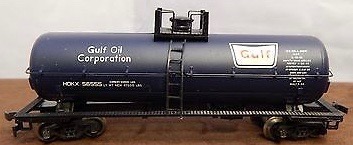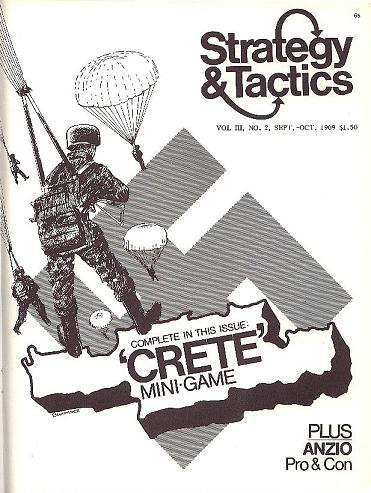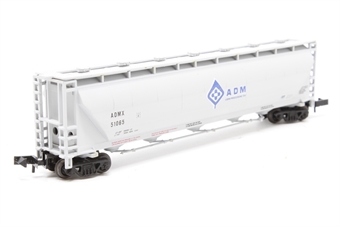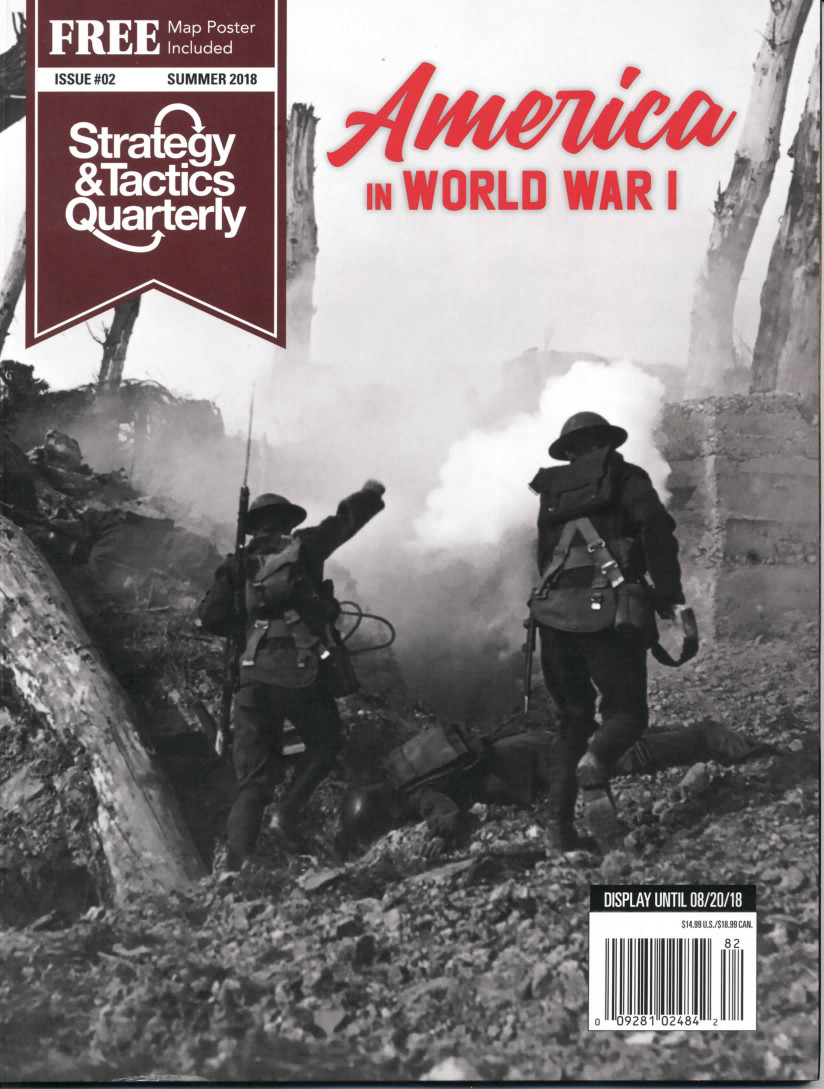Description: Two games included in this issue are: BUDAPEST 1956, covering the ill-fated rebellion in the Hungarian capital in late 1956; and BLITZKRIEG ANGOLA, the clashes between Cuban and South African mechanized forces in Angola in 1987 and 1988. There are two players in each game. In BUDAPEST 1956 one player controls the Hungarian Rebels and possible NATO "what-if" reinforcements, the other controls the forces of the Warsaw Pact. In BLITZKRIEG ANGOLA one player controls the South Africans and their UNITA allies, the other the Cuban and MPLA forces.
Contents:
- Cold War Campaign: South Africa in Angola by Kelly Bell
- South African Order of Battle by Joseph Miranda
- Tactical File—Breitenfeld: Regiment vs. Tercio by David Higgins
- A Brief History of the German Airborne in WWII by William Welsh
- (FYI) A First in Biological Warfare by John Brown
- (FYI) Silver Dollar Accuracy with a Musket by Robert Malcolmson
- (FYI) First Black Regiment of the Cilvil War by Mark Lardas
- (FYI) Aerial Firsts Over China by Kelly Bell
- (FYI) The Redstone Rocket by Bruce Costello
- The Long Tradition
- Works in Progress
Notes: In the Budapest game each hexagon on the map represents half a kilometer across, and each game turn represents one day. Soviet maneuver units are mostly battalions, with regiments for their artillery and assault guns; Hungarian rebel units are ad hoc groups; and NATO intervention, when playing that special alternative history scenario, are represented by US "Pentomic" battlegroups.
In the Angola game each hexagon on the map represents eight kilometers across, while each turn represents anywhere from one week of intensive combat to four weeks of refitting. Units on both sides are mainly battalions or equivalent groups of irregulars.
The game system is low-complexity (totaling about 13,000 words) and compares to the one used in last year's Middle East Battles: Suez '56 & El Arish '67. There are 280 NATO-style (with some iconic) half-inch counters. Playing time between two experienced opponents of roughly equal skill levels will be about three hours per game.
In the Angola game each hexagon on the map represents eight kilometers across, while each turn represents anywhere from one week of intensive combat to four weeks of refitting. Units on both sides are mainly battalions or equivalent groups of irregulars.
The game system is low-complexity (totaling about 13,000 words) and compares to the one used in last year's Middle East Battles: Suez '56 & El Arish '67. There are 280 NATO-style (with some iconic) half-inch counters. Playing time between two experienced opponents of roughly equal skill levels will be about three hours per game.
Item created by: Lethe on 2015-07-18 14:52:58. Last edited by gdm on 2018-12-28 08:41:44
If you see errors or missing data in this entry, please feel free to log in and edit it. Anyone with a Gmail account can log in instantly.
If you see errors or missing data in this entry, please feel free to log in and edit it. Anyone with a Gmail account can log in instantly.



